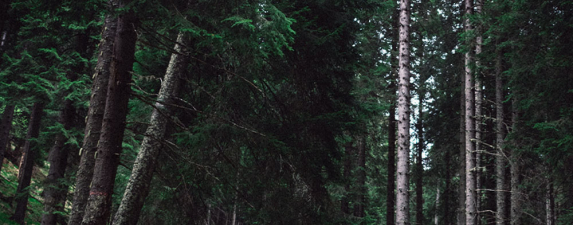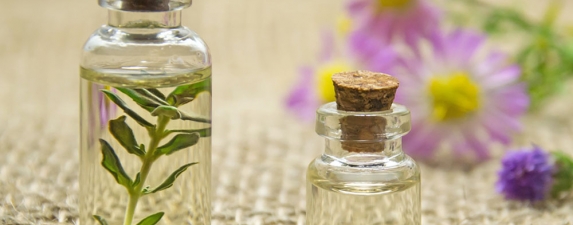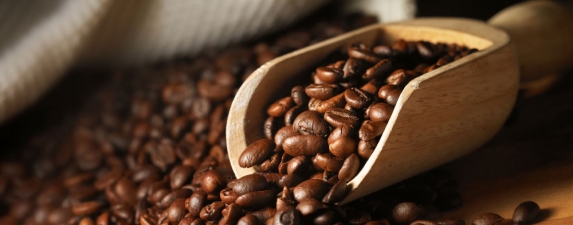
Walking in the woods has long been considered...

What is it about luxury perfumes that links them with wealth, prestige, royalty, celebrity, or power?

Egypt was like nothing I have ever experienced before...

With the onset of winter, the assault of dry air, cold temperatures, wind, and chapping can be a challenge for the skin. Extreme dryness hurts! The skin pulls tightly and can burn and flake. A fatty, occlusive layer will help to keep the skin protected and prevent loss of moisture from the cells. Over the thousands of years of civilization, humans have used all kinds of animal and plant fats to protect the skin and nourish their bodies. Bear fat, seal blubber, tallow and lard, coconut (Cocos nucifera) oil, olive (Olea europaea) oil, and sesame (Sesamum indicum) oil; all have the same ancient uses and applications, and their use depends on geography and climate.

“If you drink from the Nile, you will always return to Egypt.” Herodotus. It has been two years since we have been to Egypt. The airport was bustling, as we made our first meeting before boarding, getting to know our travel buddies before the trip started. It was amazing meeting new friends as well as old friends. Jamie and Justin Lynch were coming back for the third year! The flight was smooth yet long, 11 hours straight flying to Egypt from New York. But we had a lot of leg room, good entertainment, and tasty food.